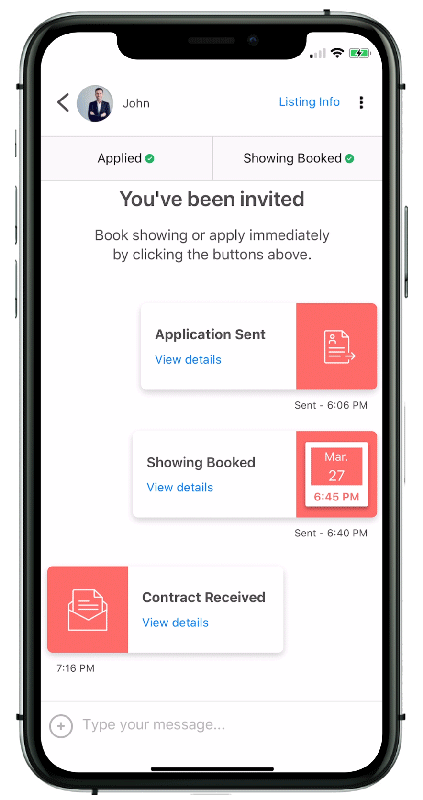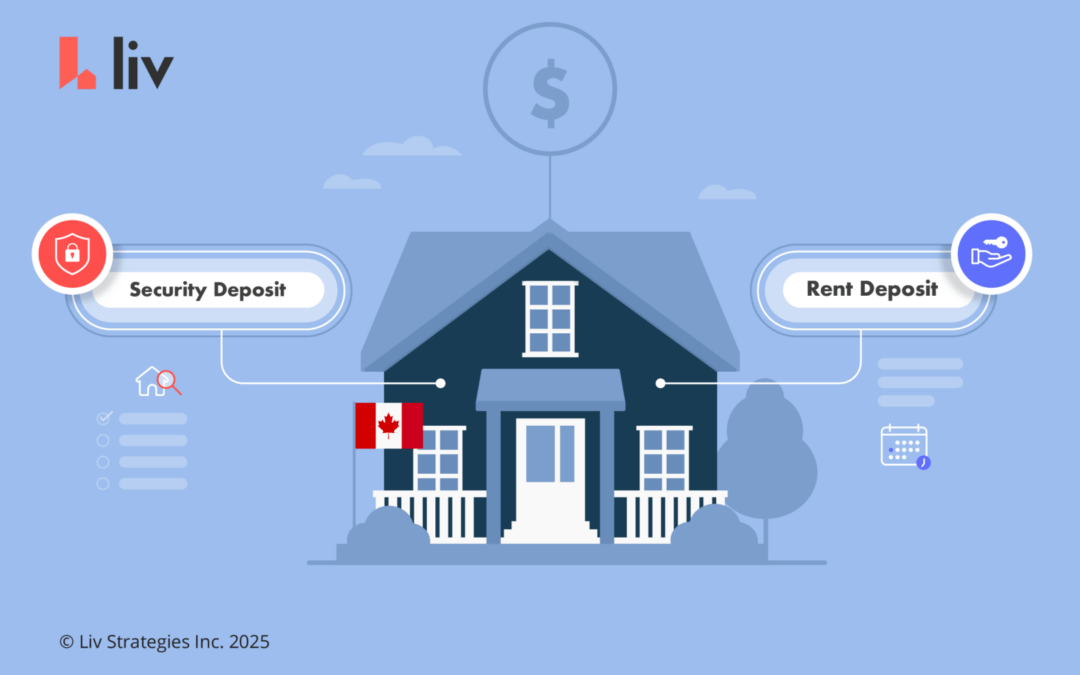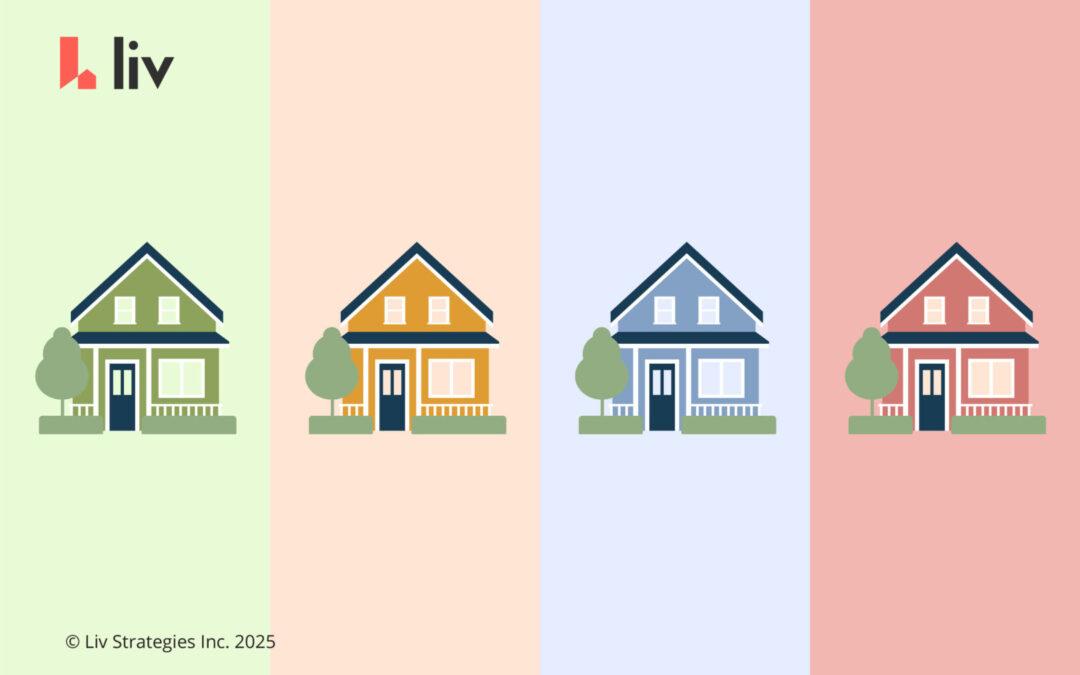Unfortunately, tenant-landlord relations aren’t always as harmonious as either party would like. When problems arise, there needs to be a clear-cut process for reaching solutions to any problems that arise. As a result, the provincial government has established guidelines and procedures for landlords and tenants to follow to ensure equitable solutions for both parties.
Table of Contents
Common reasons why tenants apply for a dispute resolution
Common reasons why landlords apply for a dispute resolution
What happens in a dispute resolution?
1) How does the dispute resolution process work?
2) How long does the dispute resolution process take?
4) Who are the parties involved during the dispute resolution?
Join Our Newsletter
For more info on rental laws and policies (e.g. eviction, lease agreements, repairs & maintenance), subscribe to get the latest news.
2024 Updates to the Residential Tenancy Act
A new bill has been introduced and has made some changes to the Residential Tenancy Act. The amendments are set to come into effect through various phases, with certain provisions being implemented immediately and others being introduced gradually through future regulations.
Changes already in effect include:
- Personal occupancy evictions in purpose-built rental buildings with five or more units is now prohibited
- The minimum landlord’s occupancy period has now been increased from six months to twelve months where a tenancy ends for landlord use
- Rent increases are now prohibited for additional occupants who are minors
- Landlords are now prohibited from giving frivolous notices to end a tenancy
- Personal occupancy evictions are now prohibited in purpose-built rental buildings with five or more units
- Landlords are now required to use the new web portal to generate notices to end tenancy for personal occupancy
- The notice period that a landlord must give a tenant for eviction for personal use has now increased from two months to four months
- The tenant dispute period is also now increased from fifteen days to thirty days.
Changes set to come into effect through future regulations include:
- Prohibiting conversion of rental units to specific non-residential uses, such as short-term rental accommodation or storage
- Increased amounts of compensation for evicting long-term tenants for landlord use
- Clarifying the criteria by which a landlord can legally end a tenancy for a problematic tenant
- Increasing administrative penalties for contraventions of the Residential Tenancy Act.
What is dispute resolution?
Dispute resolution is a practice specific to landlord-tenant conflicts that helps resolve issues between the two parties without going to a court hearing. Governed by the Residential Tenancy Branch in B.C., and the Landlord and Tenant Board (LTB) in Ontario, dispute resolution covers nearly all rental-related disputes in both provinces, and arbitrators can make legally-binding decisions regarding many common issues.
Common reasons why tenants apply for dispute resolution
Because of the often lopsided relationship between landlord and tenant, many of the functions of the dispute resolution process are intended to safeguard renters and allow them to navigate conflicts where their landlord may be negligent or in the wrong. Here’s some of the reasons tenants may seek dispute resolution:
- Dispute a Notice to End Tenancy when a landlord wants to break a fixed term lease pre-maturely.
- Dispute an additional rent increase when they believe a landlord has unfairly increased rent.
- Have a landlord make repairs to the rental unit or property when a tenant feels a landlord has not attended to a matter in a timely fashion.
- Prevent the landlord from entering your rental unit without reason/give you permission to change the locks
- Apply for compensation from a landlord for money owed or other tenancy-related issues
Common reasons why landlords apply for dispute resolution
Landlords are also able to use the dispute resolution process when tenants aren’t obeying the terms of their lease agreement or are otherwise causing problems within the rental property. Here’s some reasons why landlords may seek dispute resolution:
- Apply for an Order of Possession because a tenant hasn’t moved out when they should.
- Claim money from a tenant for unpaid rent or damages.
What happens in a dispute resolution?
A dispute resolution seems like a daunting task, but it’s actually relatively straightforward for both landlords and tenants. BC and Ontario have clearly outlined procedures for both parties to follow in the event of a dispute. Here, we’ll take a look at the various aspects that make up the dispute resolution process including an overview of how it works, how long it takes, how decisions are made, and what parties are involved. We’ll also be breaking each topic down to look at what happens in B.C. and Ontario individually so landlords and tenants can know exactly what’s required of them in each province.
1) How does the dispute resolution process work?
B.C.
The party seeking dispute resolution first submits an application for dispute resolution through the Residential Tenancy Branch. Generally, this will result in a hearing with an arbitrator from the Residential Tenancy Branch. From here, both landlord and tenant will provide and explain their evidence and any witnesses are called to corroborate claims. Following the hearing, both parties will receive in writing the arbitrator’s binding legal decision on the matter.
Ontario
Applicants in Ontario must also file an application to formally begin the dispute resolution process. The Landlord and Tenant Board will then contact you and the other party to schedule a hearing. The LTB emphasizes mediation in their dispute resolution process, giving landlords and tenants a chance to reach a settlement on their own before a formal hearing takes place. Failing this, the hearing will proceed just like in B.C. with both parties giving their case and an LTB member giving their decision on the matter.
2) How long does the dispute resolution process take?
B.C.
It can take time to schedule a hearing after submitting your application, and there’s no concrete timeframe for the process. Once your hearing is complete, you can expect to receive a decision within 30 days of your hearing.
Ontario
There’s no set timeframe for dispute resolution in Ontario due to the amount of applications. Applicants can generally expect a decision immediately following their hearing.
3) How are decisions made?
B.C.
Decisions regarding your dispute resolution case are made by an arbitrator from the Residential Tenancy Branch. Decisions are considered final but in the case of a serious error you may be granted a new hearing or a judicial review by the Supreme Court of British Columbia.
Ontario
Decisions regarding your dispute are made by a member of the Landlord and Tenant Board (LTB), and are considered final. In the case of a serious error, you may ask for a review of the decision within 30 days.
4) Who are the parties involved during the dispute resolution?
B.C.
In B.C., the dispute resolution process involves landlords and tenants as well as an arbitrator from the Residential Tenancy Branch, in addition to any witnesses that may be called on during the hearing. You don’t need a legal representative, but may choose to have one attend the hearing.
Ontario
In Ontario, the dispute resolution process involves landlords and tenants, as well as a member from the Landlord and Tenant Board, in addition to any witnesses that may be called on during the hearing. You don’t need a legal representative, but may choose to have one attend the hearing.
Join Our Newsletter
For more info on rental laws and policies (e.g. eviction, lease agreements, repairs & maintenance), subscribe to get the latest news.
How to apply for dispute resolution
It’s encouraged to try and talk through the issue in person first before seeking dispute resolution. Be sure to tell the other party of your intentions – it might be enough to encourage a resolution. Failing that, you may apply to formally begin the dispute resolution process. Here’s what that looks like in B.C. and Ontario:
B.C.
Both tenants and landlords can apply for dispute resolution online or by mail, or at their local Residential Tenancy Branch. In any case they’ll receive a Dispute Access Code they can use to view the status of their application. The applicant and the other party will both receive notice when a hearing is scheduled. Applicants will be charged a $100 filing fee at the time of submitting their application.
Ontario
Ontario has separate applications for landlords and tenants, both of which are processed by the Landlord and Tenant Board along with any supporting documents before a hearing is scheduled. Once a date has been set for a hearing, both parties will be served a Notice of Hearing. At least 7 days prior to the hearing, both parties must provide each other with the evidence they intend to use at the dispute resolution hearing.
Who can I ask for help?
Both B.C. and Ontario have resources for landlords and tenants to contact in order to discuss the dispute resolution process before formally entering into it.
B.C.
Contact an information officer at the Residential Tenancy Branch to discuss the dispute resolution process. This can be done by email, phone or in person.
Ontario
Contact a member of the Landlord and Tenant Board to discuss the dispute resolution process. This can be done by email, phone, or in person at your local LTB office.
Tips on how to prevent disputes
Communication is key. Keeping the channels of communication open between landlords and tenants can help curtail the need for formal dispute resolution. It is beneficial to both parties to keep the conversation going to demonstrate an interest in resolving the issue.
Oftentimes, problems arise due to simple misunderstandings. A tenant doesn’t realize they’ve broken a tenancy agreement or they don’t know their rights and responsibilities. We recommend that all landlords review and discuss the tenancy agreement with the tenant to ensure its terms are clearly understood and as a way to establish a good rapport and trusted relationship from the get-go.
So when a problem arises, we recommend:
- Addressing the issue as soon as possible.
- Discuss the problem and possible solutions to address it. This will, in most cases, see results and resolution sooner than initiating an official dispute resolution process which takes longer and is costlier.
- Make an effort to meet face to face. This will help avoid ambiguities and misunderstandings.
- Follow up with the other party in writing
- Be sure to document the record of conversations and outcomes (dates, times, people).
- If a resolution doesn’t happen at first, revisit after a day or two and/or consider inviting a third party to mediate.
- If the situation isn’t urgent and you can’t agree, it might be helpful to take a break for a day or two, or get someone to help mediate, like a mutual friend or an advocate.
- If face-to-face discussions are still not resolving the problem, consider writing a letter outlining the problem, how it is impacting the tenancy, actions you have taken and action items for each party with set deadlines. Make sure you cite reasonable deadlines so each side has time to address.

Rethink The Way You Rent
Not on liv.rent yet? Experience the ease of digital applications & contracts, verified tenants & landlords, virtual tours and more – all on one platform. Sign up for free or download the app.
Subscribe to receive the latest tenant & landlord tips and get notified about changes in the Canadian rental market.
>> Stay up-to-date on the average rent in Vancouver, Toronto and Montreal: Rent Reports.



0 Comments